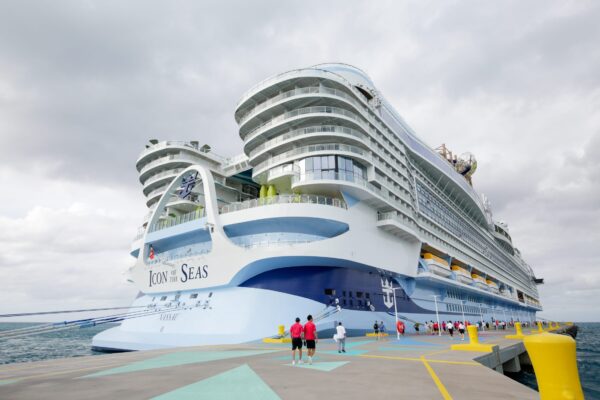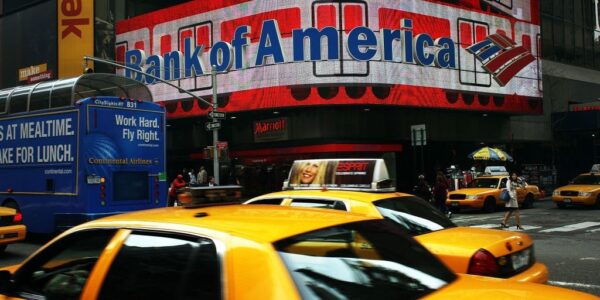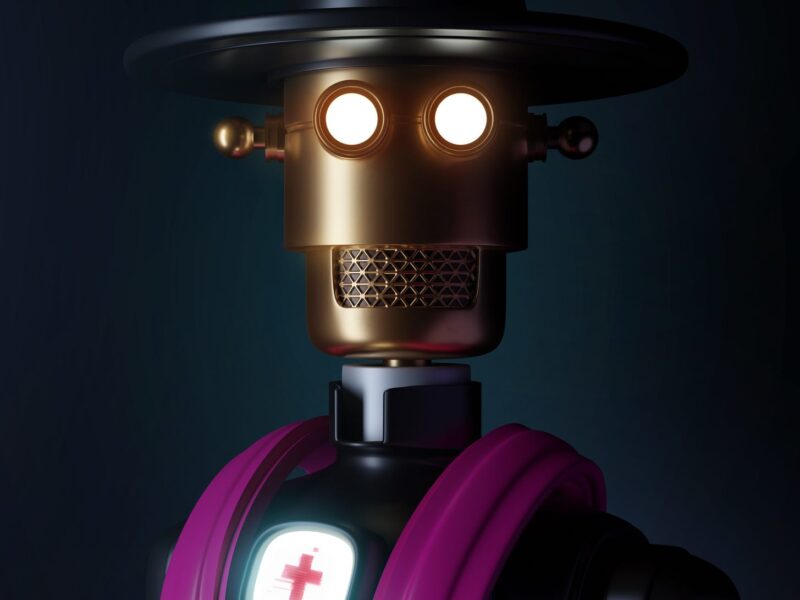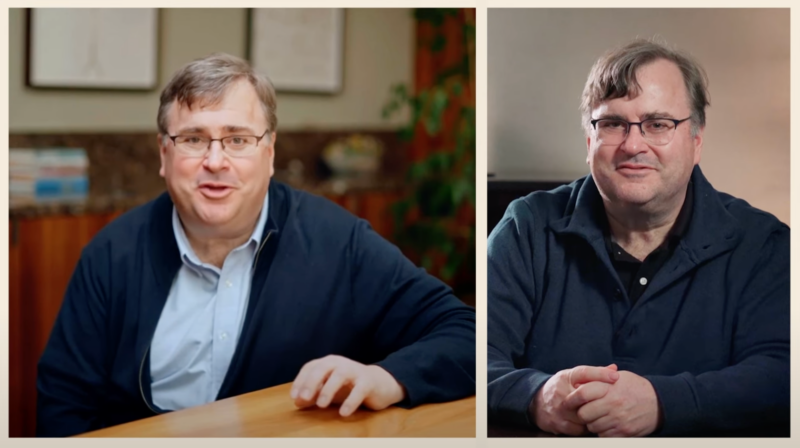- At the beginning of the coronavirus pandemic, people thought the new world of social distancing meant that the cramped middle airplane seat would become a thing of the past.
- However, as shown by American Airlines’ decision to stop blocking middle seats, it’s starting to look like those predictions were wrong.
- American, United, and other airlines argue that stringent cleaning protocols and mandatory masks on board are enough to stop the virus from spreading on flights.
- Visit Business Insider’s homepage for more stories.
When a bad thing happens, it’s human nature to try and find an upside – or a hope for the future.
When the coronavirus pandemic brought the world to a standstill, ushered in the age of social distancing, and indefinitely grounded most frequent flyers, the optimists focused on the worst part of modern air travel: the middle seat.
“The coronavirus has effectively killed the middle seat,” a Popular Mechanics article proclaimed in May. “Will empty middle seats help social distancing on planes?” the BBC asked. Here at Business Insider, we wrote about an innovative new seat design that could create a barrier between each coach passenger – something a variety of designers have pitched during the pandemic. Meanwhile, Frontier Airlines was slammed for selling passengers the empty middle seats next to them as an add-on perk, accused of profiteering on safety.
But a few months into our global crisis, it’s clear that the general consensus was wrong. The middle seat is here to stay.
In late June, American Airlines announced that it would no longer block the middle seat on its planes or limit the capacity on its flights. Although blocking the seats was a relatively easy decision when demand was at its lowest, as customers have slowly begun to return, keeping a third of the seats on a given flight free was not possible for the airline without adding more flights or using larger, more expensive planes.
American is not the only carrier filling its flights. United will sell every seat on board, and has argued that social distancing is not possible on planes. Spirit, Frontier, and other low-cost-carriers have also continued to fill their planes.
Delta, however, has said it will cap flights at until at least the Sept. 30, blocking middle seats in economy and every other seat in first class. The airline has also said it will add additional flights to routes where demand outpaces the limited capacity.
Airlines and industry representatives, including the International Air Transport Association, have argued that social distancing on flights is not necessary, due to air flow patterns on planes, High Efficiency Particulate Air filters that prevent microbes in the air from recirculating, other cleaning measures, and the use of masks.
American Airlines, United, and others said they were taking other safety measures to reduce the risk of COVID-19 transmission. Those measures include mandatory masks on board, newly implemented cleaning and disinfection procedures, and requiring passengers to complete a health self-assessment before flights.
Although American was called out by Sen. Bernie Sanders and Dr. Anthony Fauci for filling planes, others defended the action. United Chief Communications Officer Josh Earnest said this week that "when it comes to blocking middle seats, that's a PR strategy. That's not a safety strategy."
Earnest added that even if a middle seat was blocked, it's simply impossible to provide the recommended six feet of social distance on a plane.
"When you're on board the aircraft, if you're sitting in the aisle, and the middle seat is empty, the person across the aisle from you is within six feet of you," he said. "The person at the window is within six feet of you. The people in the row in front of you are within six feet of you. The people in the row behind you are within six feet of you.
"If you want to stay safe on the airplane, we need to wear a mask, we need to have good air filtration, the airplane needs to be thoroughly cleaned, and we need to make sure that every stage of your journey where we can socially distance, that we're doing that. Those are all the steps that scientists have recommended that we take."
So far, no outbreak or localized hotspots of COVID-19 have been traced back to a particular flight, although there has been limited scientific analysis of air travel.
Regardless, as these other measures - particularly mandatory masks - become commonplace, and as middle seats are opened back up, we'll be able to tell more definitively whether they're effective at preventing the transmission of COVID-19 on flights.
Then, we can embrace that one slight return to normal: the knowledge that despite hopes of more privacy or room to sprawl among those of us who don't want to empty their bank accounts for a plane ticket, the middle seat is here to stay.











